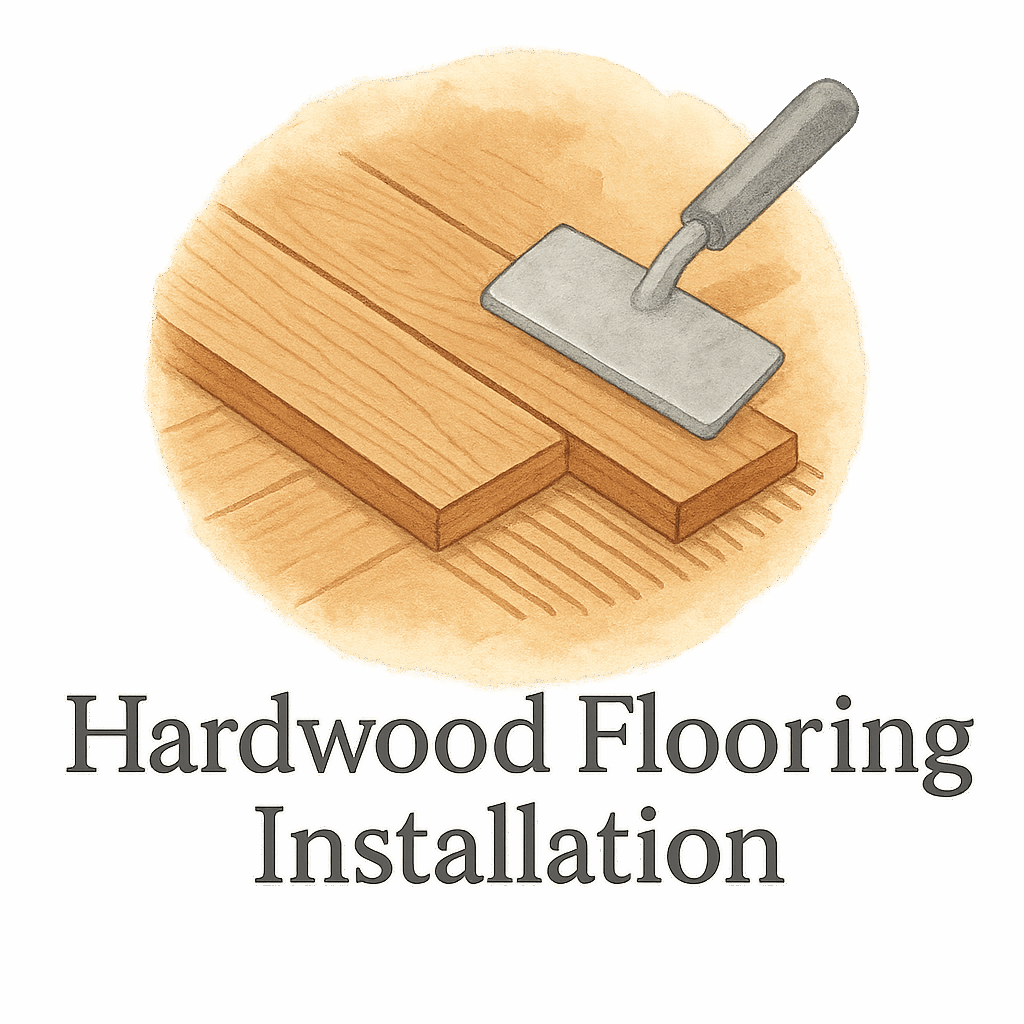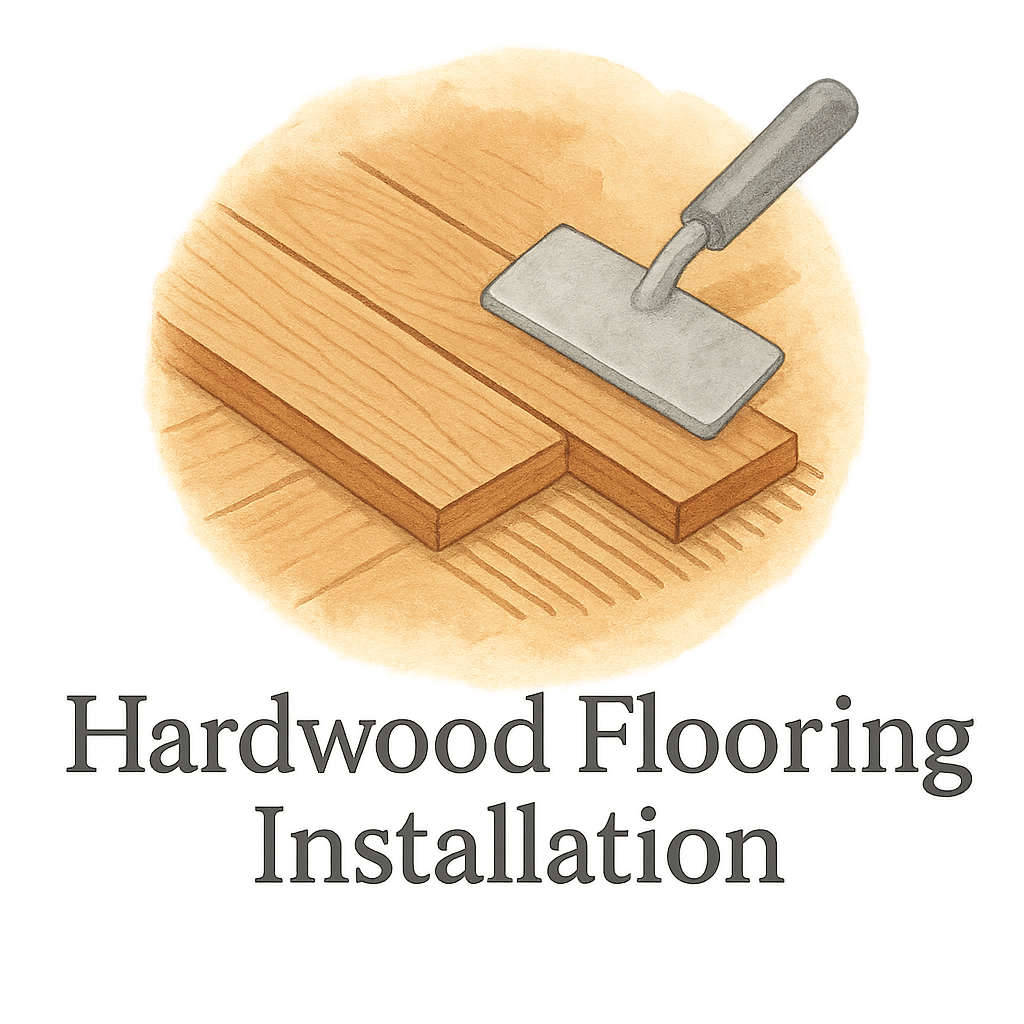Introduction: Why Choosing the Right Nails & Staples Matters
Thinking nails and staples don’t matter in hardwood flooring? Think again. Choosing the wrong fasteners can cause creaks, movement, or even complete floor failure over time. Whether you’re diving into a weekend DIY project or hiring pros, knowing your flooring nails and staples for hardwood installation helps you make smart decisions that affect your floor’s lifespan and look.
Let’s dig into the 8 essential types you should know about!
Understanding Hardwood Flooring Fasteners
What Are Flooring Nails and Staples?
Flooring fasteners are the unsung heroes of any solid installation. They keep planks tight to the subfloor, prevent shifting, and allow for natural expansion.
Nails vs. Staples: Which One’s Better?
There’s a long-standing debate. Nails—especially cleats—offer superior hold for hardwood. Staples, on the other hand, are easier to use and less expensive. Your choice depends on the type of wood, subfloor, and even your climate.
For more prep tips before hammering or stapling, check out our flooring preparation guide.
1. L-Cleat Nails: The Hardwood Standard
These are the go-to for many pros—and for good reason.
When to Use L-Cleat Nails
L-cleats are best for solid hardwood flooring installations. They’re perfect for ¾-inch tongue-and-groove planks.
Benefits of L-Cleat Nails
- Strong hold with some flexibility
- Less likely to split hardwood
- Compatible with most flooring nailers
They’re your safest bet if you’re not sure where to start. Make sure your toolkit includes them—check our flooring tools and materials list.
2. T-Cleat Nails: Strong and Versatile
T-cleats are a great alternative to L-cleats and provide equally good holding strength.
Ideal Projects for T-Cleats
They shine in engineered hardwood installations or thinner wood where precision matters.
Compatibility with Tools and Materials
Some flooring nailers are designed specifically for T-cleats, so check tool compatibility before starting your project. Get more on this in our DIY flooring installation tips.
3. Flooring Staples: Budget-Friendly and Efficient
Looking to save a little cash? Staples are a solid choice—especially for engineered hardwood.
Best Uses for Staples
- Great for engineered flooring
- Work well with plywood subfloors
- Ideal for DIYers on a budget
Common Mistakes to Avoid with Staples
Staples can split wood if overdriven. Use a pressure regulator and avoid nailing too close to the board ends.
Staples often come up in our flooring installation mistakes tag, so be sure to avoid the classic pitfalls.

4. Screw Nails: Durable and Precise
Screw nails combine the stability of screws with the ease of nail gun usage.
Why Screw Nails Work Well for Subfloors
- Excellent for attaching plywood or OSB
- Reduce floor squeaks
- Prevent backing out over time
Want a full cost and time breakdown? Visit our flooring cost & time estimation guide.
5. Ring Shank Nails: Superior Holding Power
If movement is your enemy (and it always is in flooring), ring shank nails are your ally.
Benefits for Engineered Hardwood
These nails have tiny rings along the shank that grip the subfloor tightly, ideal for engineered hardwood in high-traffic areas.
6. Spiral Shank Nails: Great for Tough Jobs
Spiral shank nails twist into the wood like a screw, increasing their hold.
Where Spiral Nails Outperform the Rest
- Basement or below-grade installs
- Hard subfloors like oak or concrete overlay
- Environments prone to expansion/contraction
Curious about durability? See our post on flooring maintenance and repair.
7. Galvanized Nails: Rust Resistance Matters
If you’re installing hardwood in moisture-prone areas like kitchens or mudrooms, you need rust-resistant nails.
Moisture-Prone Rooms and Nail Choice
Galvanized nails have a zinc coating that prevents rusting over time. Don’t install hardwood in damp areas without these!
For more help planning wet-area flooring, explore our tag for home improvement tips.
8. Brad Nails: For Delicate Finishes
Brad nails are thin and nearly invisible, making them perfect for finishing touches.
Brad Nails in Detail Work and Trim
Use brads for:
- Quarter round
- Shoe molding
- Decorative inlays
They won’t split delicate trim and help you get that polished, pro-level look.
Need help choosing layout patterns for trim? Explore our layout tag.
Proper Flooring Preparation Before Nailing or Stapling
No fastener can fix a bad subfloor. Prep is everything.
Subfloor Prep Basics
- Level the subfloor
- Remove squeaks
- Clean thoroughly
We break it all down in our complete flooring preparation guide.
Tools & Materials You’ll Need
- Nail/staple gun
- Compressor (for staples)
- Moisture meter
- Chalk line and tape measure
Visit our tools section for a full breakdown: flooring tools and materials.
DIY vs. Professional Installation Tips
How to Avoid Common Installation Mistakes
- Use the correct fastener for the wood type
- Follow proper spacing between nails or staples
- Always acclimate your wood before installation
For more advice, explore our DIY tag and flooring installation guide.
Conclusion: Choosing the Right Nail or Staple Makes All the Difference
There’s no one-size-fits-all in hardwood flooring. The right flooring nails and staples for hardwood installation depend on your flooring type, subfloor, and room conditions. Investing a little time to choose the right fastener will save you from noise, gaps, and early floor failure.
Don’t forget to explore our flooring site for more guides, tools, and tips to help you level up your next installation project!
FAQs
1. What size nails should I use for hardwood flooring?
Use 1½” to 2″ cleat nails for ¾” hardwood planks, ensuring they reach deep into the subfloor without poking through.
2. Are staples okay for solid hardwood floors?
They’re not recommended for solid hardwood. Use cleats instead for better long-term performance.
3. What nail pattern should I follow during installation?
Space nails or staples 6 to 8 inches apart and 1 to 3 inches from board ends to prevent splitting.
4. Can I use brad nails for installing hardwood flooring?
Nope. Brads are for trim and decorative pieces only—not for securing floorboards.
5. How do I avoid floor squeaks over time?
Use ring or screw nails and ensure the subfloor is tightly secured before you start.
6. What’s better for humid climates—nails or staples?
L-cleat nails are better because they allow the wood to expand and contract slightly without loosening.
7. Where can I learn more about hardwood floor care?
Check out our posts under the maintenance and cleaning tags for expert tips!


